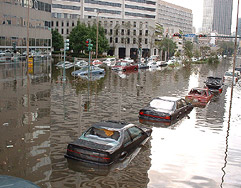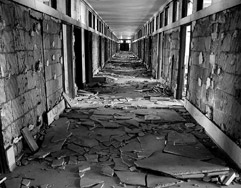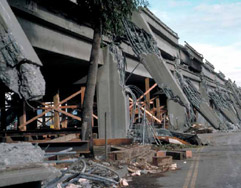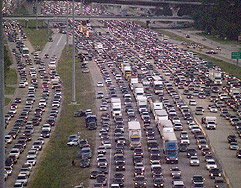Boston Harbor is home to 10 foot tides, a huge vertical range with each rise in height yielding a new band of fauna and phenomenal experiences. The dominance of shipping in Boston’s past has promoted shear seawalls, separating the pedestrian from litoral experience. A history of pollution from raw sewage has also prevented people from approaching and experiencing the water directly. During heavy rains, the combined sewage system diverts rain water into the sewage system to outfalls directly into the harbor. Boston is undergoing a once-in-a-century infrastructural transition to separate these two systems in order to further protect the water quality of the harbor.
With the separation of Boston’s antiquated Combined Sewage system, the city has paved the way for direct recreation and experience of its greatest asset, Boston harbor. This video proposes a series of elevated and sunken land forms to register the tidal current through the stratified ecologies of the intertidal zone. Within the center of a sloped approach, bowl-like landforms trap the retreating water to create artificial tide pools. Along the edges of the ramp spine-like protrusions serve as substrate for ocean fauna. Inbetween these two systems is a relatively level approach for human access. Pedestrian circulation is no longer inhibited by a guard rail but by the fluctuating pulse of tide, inviting viewers to experience and understand aquatic microfauna upclose.
–Andrew Boyd on YouTube
Tags: Boston, Boston Harbor, MA, Massachusetts






 RSS Feed
RSS Feed